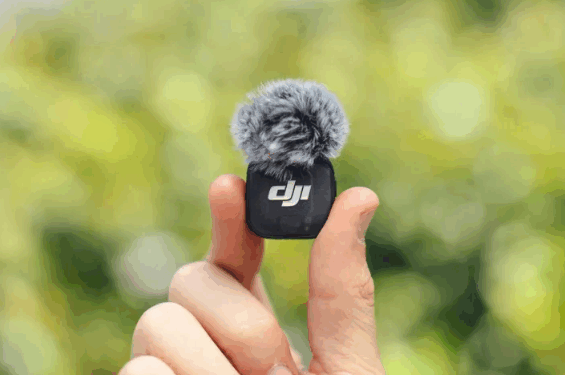DJI has unveiled its latest wireless lavalier microphone system, the Mic 3, which is notably smaller without compromising on features or battery life. This new model is half the size and weight of its predecessor, the Mic 2, while introducing several enhancements, including two adaptive gain control modes, three voice tone presets, and a significant increase in internal storage for recordings.
The Mic 3 is priced at $219 for a single receiver and transmitter, and $329 for a kit that includes two transmitters, a receiver, and a charging case. However, it is currently unavailable in the US, showing as “out of stock” on DJI’s website, with no details on when it will be restocked. For comparison, the two-transmitter kit for the Mic 2 was launched at $219, while the more budget-friendly Mic Mini retails for $169, making this upgrade relatively expensive.
ICYMI: Pwalugu Dam Long Overdue: Political Scientist Calls for Urgent Action
The Mic 3 can accommodate up to four transmitters and eight receivers simultaneously, making it suitable for recording audio from larger groups, with a transmission range of 400 meters (1,312 feet). It automatically switches between 2.4GHz and 5GHz frequency bands to maintain a stable connection and minimize interference. Additionally, it features two levels of active noise cancelling to reduce background noise.
The Adaptive Gain Control includes an Automatic mode to suppress sudden volume spikes and a Dynamic mode that adjusts gain for consistent volume levels in quieter environments like studios. The three voice tone presets—Regular, Rich, and Bright—allow users to select based on the speaker’s vocal characteristics for improved clarity.
Weighing in at just 16 grams, the Mic 3 is comparable in size and weight to DJI’s 10-gram Mic Mini system launched last year. Unlike the Mic Mini, the Mic 3 includes built-in backup recording capabilities to prevent audio loss and features a touchscreen display on the receiver for adjusting settings and monitoring battery levels. It also offers 32GB of storage for dual-file internal recordings in both 24-bit and 32-bit floating points, significantly up from the 8GB available on the Mic 2.
Battery life for the Mic 3 is between that of its predecessors, offering up to eight hours for the receiver and 10 hours for the transmitter. In contrast, the Mic 2 provides six hours for both, while the Mic Mini boasts up to 11.5 hours for the transmitter and 10.5 hours for the receiver. The Mic 3’s charging case delivers 2.4 full charges, providing users with an additional 28 hours of power on the go.
SOURCE: THE VERGE




























